Snapchat Spectacles: fun, but not the future


It's hard to deny the steady rise of Snapchat's popularity, the service that lets you share ephemeral photos and videos directly with friends or watch 'Stories' created by other users and brands. Late in 2016, the company launched its first hardware in the form of Snapchat Spectacles, and now Snap is preparing to float on the stock market, taking the private company public and subjecting it to closer scrutiny than ever before. But can a company that built its success on disappearing messages convince investors that revenues will be here to stay?
What started out as a simple photo-sharing service for teens and tweens in 2011 has grown into a company that looks set to have an initial public offering (IPO) that values it at around $20 billion. Admittedly, investors had earlier expected an IPO in excess of $25 billion, but Snap revised its estimates downwards by some 24 percent.
In 2015, the company generated $58 million in revenue, and by the following year that had shot up to $404 million, but the cost of achieving (and indeed, servicing) its fast-growing base of users didn't come cheap - in 2015, it lost a total of $372 million and by 2016 that was up to just over half a billion dollars in losses for the year. It's not a fact that's likely to unduly deter potential investors though, as many tech companies make significant losses for many years while growing their services.
However, one thing that's a lot more likely to concern them is the sharp decline in new users towards the end of 2016. At the start of the year, Snap was adding 20 million new users each quarter, but by December this was down to 5 million. In total, it has 160 million monthly active users currently.
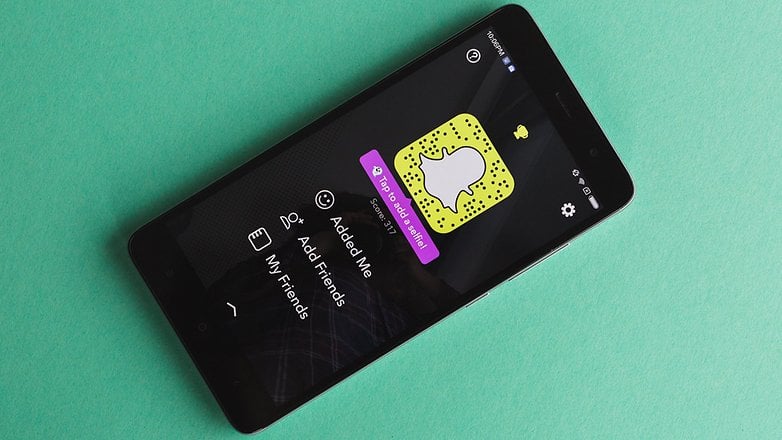
Pressure cooker
While Snapchat still has options available that will enable it to generate revenue - more advertising, primarily - it's a harder job to reverse a user base that's growing less quickly, particularly when those users are notoriously capricious and likely to jump ship to The Next Big Thing as soon as it comes along.
That's why Snapchat has been trying to extend its user base to appeal to slightly older users, through brand engagement and its use of Stories. That said, everyone knows that kids don't want to be using the same app as their parents, so if it's successful it will shed a different segment of its users. It's part of the reason this is already happening.
Add in that Snap's biggest rivals - Facebook and WhatsApp, across video and images - now all have features that approximate Snap's core proposition of ephemeral messaging. WhatsApp's launched just this week, but the core of what made Snapchat appealing to many is now present across the board. Even Instagram has disappearing videos and Stories now.
That's why branching into hardware isn't such an odd move for the company, and its Spectacles have been well-received by reviewers and users alike - they sound like fun and are a smart way to introduce the notion of augmented reality to a wider audience. However, the headlines about people queuing at machines around the US and in dedicated Spectacles pop-up shops were quickly replaced with new ones accompanied by pictures of those same stores standing mostly empty for days on end. Now, you can buy them online, so there's no need to go outdoors at all.
Whether the longer-term demand will hold for Spectacles remains to be seen at this stage, but it screams more of 'fad' than 'innovation' to me. Maybe that's because I'm in my thirties.

Fun, but not exciting
Spectacles might be fun and all, but they're not really the future of augmented reality - you only need to look at practical real-world potential of AR to find many examples that are considerably more exciting than yet-more ways to document your life.
Sure, Google Glass tried and failed at consumer AR in a very public way, but the future of Glass (now known as Project Aura) is pretty exciting for enterprise-focused developments. Imagine a wearable headset that hospitals or healthcare providers could give to elderly or critically ill patients that could provide a succinct diagnosis by running through optical and verbal checks. That's not an unimaginable situation, or at least Google didn't think so, which is why it was issued a patent for just such a system at the start of January.
Google is by no means alone, either. Augmented reality has the potential to greatly increase the safety (and enjoyment) of driving as well, for example. Overlaying precise route directions directly on the road in the sight line of the driver leads to less distractions, while the rest of the car's occupants can be entertained on the journey. Again, this isn't even future tech - this is technology shown off at CES this year.
All of this comes together to create a challenging picture for Snap, and by extension for the investors considering their stake in the company when it does eventually list on the stock market. Its 'easiest' way to monetize more effectively would be to show more ads, but that's also one way to annoy an already slowing user base. Launching more consumer hardware is unlikely to be the company's direct line to profitability, and all of its biggest rivals already have more users and similar features. Snap could end up finding that the ephemerality that defined its early success will be its undoing when applied to users and valuations.
Do you think that Snapchat's future is assured? Or has its moment finally passed? Let us know in the comments below!
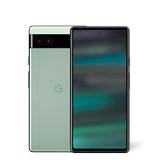
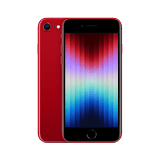
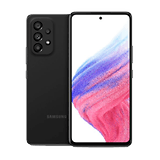
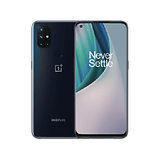

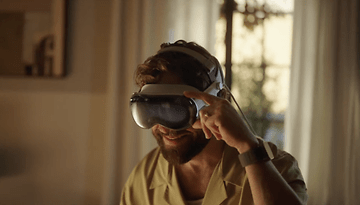
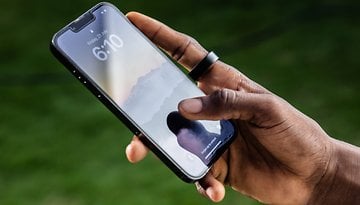
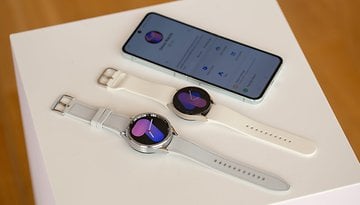

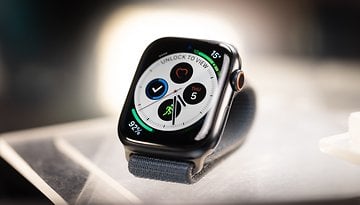
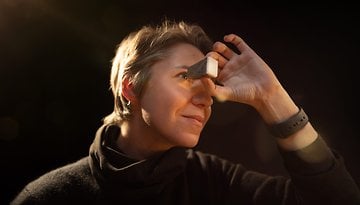


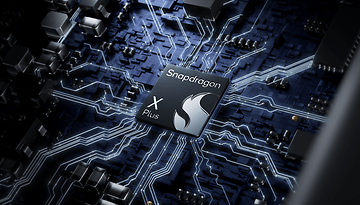
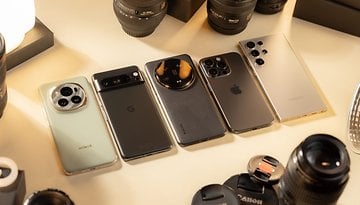
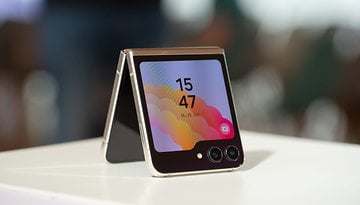
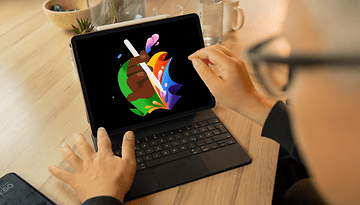
Recommended editorial content
With your consent, external content is loaded here.
By clicking on the button above, you agree that external content may be displayed to you. Personal data may be transmitted to third-party providers in the process. You can find more information about this in our Privacy Policy.